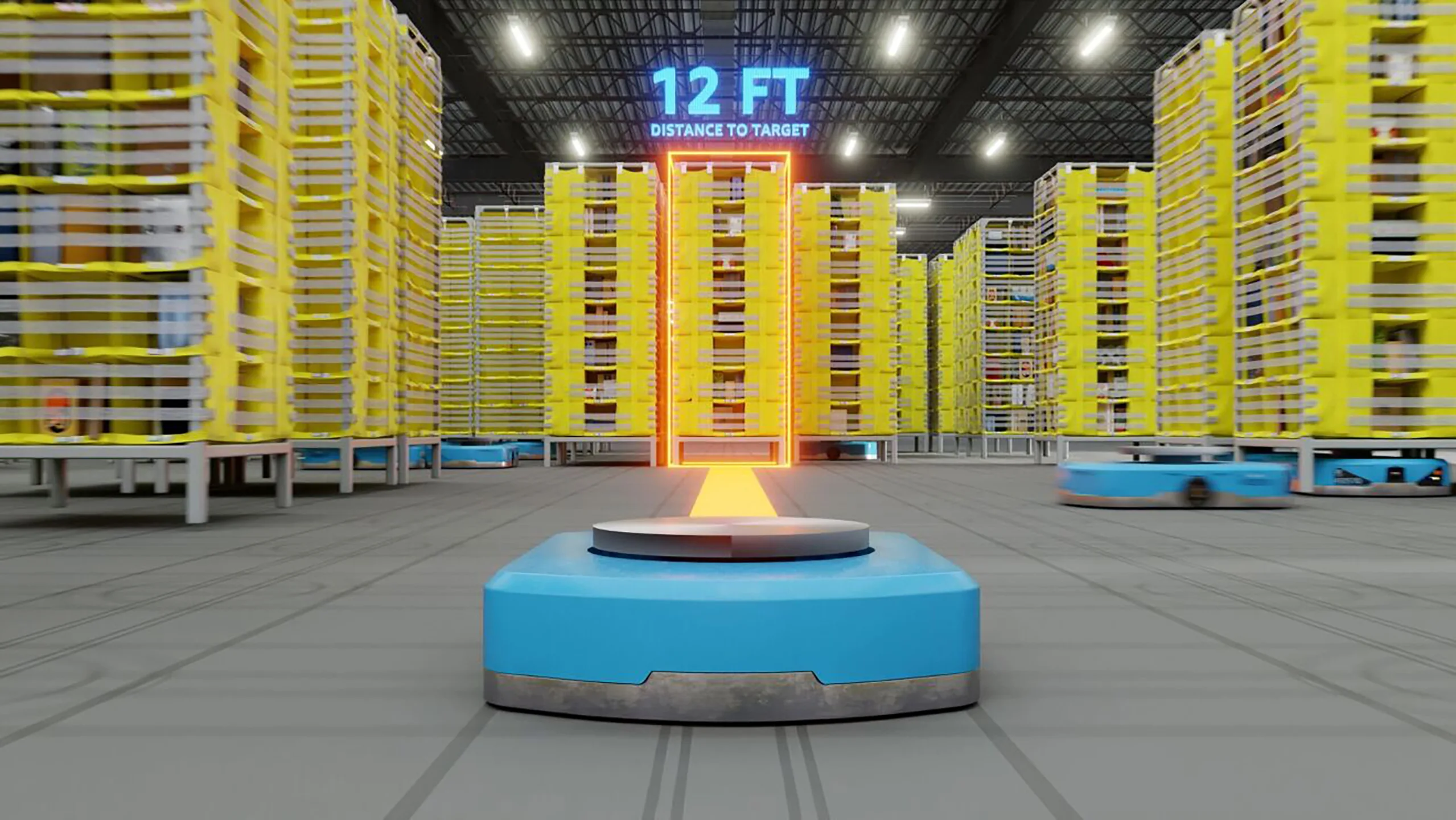
"Amazon has deployed its one-millionth robot across its workforce, achieving this milestone in about a dozen years, compared to nearly 30 years for its 1.5 million human employees."
"The rapid deployment of robots suggests Amazon could soon have more bots than people, with other companies likely to follow in various industries."
"Physical AI refers to artificial intelligence understanding real-world physical properties and their interactions, enabling it to provide actionable insights in numerous applications."
"Physical AI can predict real-world scenarios, such as flooding, by analyzing data from sensors and utilizing its knowledge of physical properties across various contexts."
Amazon has reached the milestone of deploying its one-millionth robot, achieved in just over a decade. In contrast, the company's human workforce has grown to 1.5 million over a 30-year period. This rapid increase in automation suggests a potential future where robots may outnumber human workers, with implications across various industries including delivery, construction, and agriculture. The versatility of robots is supported by advancements in Physical AI and Embodied AI, which enhance their ability to interact with and understand the physical world, leading to practical applications in real-time problem solving.
Read at Fast Company
Unable to calculate read time
Collection
[
|
...
]